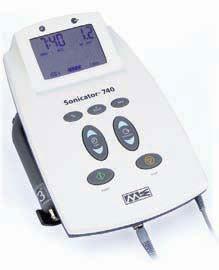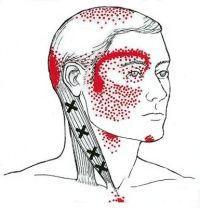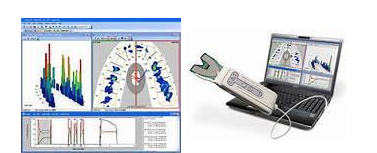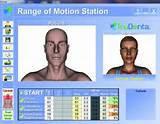Dentomandibular Sensorimotor Dysfunction (DMSD)
Northwest Dental Center
Dr. Donald Johnson
Dental Specialist located in Coeur d'Alene, ID
This medical condition involves the teeth, lower jaw, upper three neck vertebrae, and all the surrounding muscles and nerves.
The major pathway of nerves that control pain signals from the teeth, face, head, and neck to the brain is througth the trigeminal nucleus.
In DSMD, an individual has chronic pain or muscle stiffness caused by these nerve inputs resulting from an imbalance of tooth forces.
Symptoms
There are many symptoms associated with DMSD. The following are the most common.
- Headaches and migraines
- Daily headaches of any type
- Vertigo (dizziness)
- Facial pain
- Tinnitus (ringing or fullness in ears)
- TMJ (jaw joint) disorder
- Pulpitis (sensitive teeth)
- Sleep problems
- Teeth grinding or clenching
- Fractured teeth or grooves at the gumline
- Restricted range of motion of head and/or neck
- Poor posture due to job
- Abnormal tooth wear or a bad bite
Treatment used in sports medicine and rehabilitation is used for people with DMSD.
Treatment of DMSD

Therapeutic Ultrasound

Transcutaneous Electrical Stimulation

Low Level Laser Therapy
Manual Muscle/Trigger Point Therapy
Homecare
Assessment Protocol



* Sessle BJ Mechanisms of oral somatosensory and motor functions and their clinical correlates. J Oral Rehab 2006;33:243-61.
* Koolstra JH Dynamics of the human masticatory system. Crit Rev Oral Biol Med 2002:13(4):366-76.
* Junge D Oral sensorimotor function. Medico Dental Media International, Inc. 1998
* Srbely JZ, Dickey JP, Lowerison M, et. al. Stimulation of myofascial trigger points with ultrasound induces segmental... Pain 2008;139(2):260-66
* Dijkstra PU, Kalk WW, Roodenburg JL Trismus in head and neck oncology: a systematic review. Oral Oncol 2004;40(9):879-89.
* Fikackova H, Dostalova T, Vosicka R., et. al. Arthralgia of the temporomandibular joint and low-level laser therapy. Photomed Laser Surg 2006;24(4):522-27.
* Quinn C, Chandler C, Moraska A Massage therapy and the frequency on chronic tension headache. Amerian Journ of Public Health 2002;92(10):1657-61.
* DiMatteo AM, Montgomery MW Understanding Assessing and Treating Dentomandibular Sensorimotor Dysfunction, Fort Lauderale, Florida: Dental Resource Systems, Inc. 2012
What's Next? 3 Simple steps!
Step #1
Make Consultation Appointment
Step #2
Make Appointment to Begin Treatment
Step #3
Follow Treatment Steps for a Great Smile

